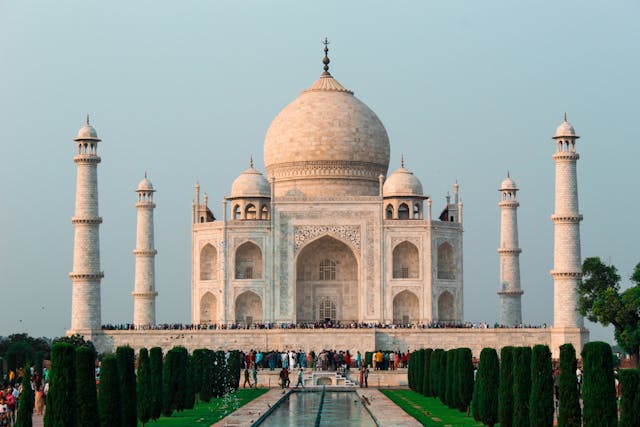
Overview of the Chapter
This chapter introduces students to the geographical, historical, and cultural aspects of India, also known as Bharat. It covers the diverse landscapes, rich heritage, and the unity in diversity that defines the nation.
Geographical Features of India
India is located in South Asia and is the seventh-largest country in the world by area. It is surrounded by the Himalayas in the north, the Indian Ocean in the south, the Arabian Sea in the west, and the Bay of Bengal in the east.
Himalayas: The highest mountain range in the world, acting as a natural barrier to the north of India.
Historical Significance
India has a rich historical background, with civilizations like the Indus Valley Civilization being one of the oldest in the world. The country has been home to various dynasties, empires, and cultures over thousands of years.
Indus Valley Civilization: One of the world's earliest urban civilizations, flourishing around 2500 BCE in the northwestern regions of India.
Cultural Diversity
India is known for its cultural diversity, with numerous languages, religions, and traditions coexisting harmoniously. Festivals like Diwali, Eid, and Christmas are celebrated across the country.
Unity in Diversity: A phrase that highlights the coexistence of varied cultures, languages, and traditions within a single nation.
Political and Administrative Divisions
India is a federal union comprising 28 states and 8 Union Territories. Each state has its own government, while Union Territories are governed directly by the central government.
Federal Union: A political system where power is divided between a central authority and various constituent units.
Conclusion
This chapter provides a comprehensive overview of India's geographical, historical, and cultural aspects, emphasizing its unity in diversity and its significance as a nation.
